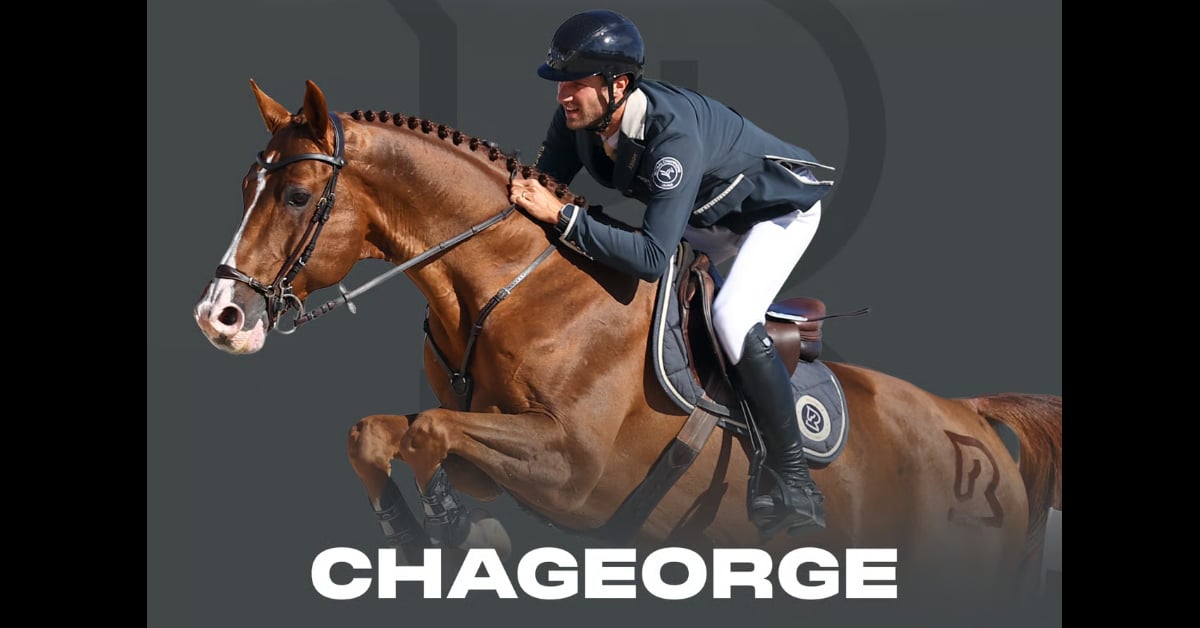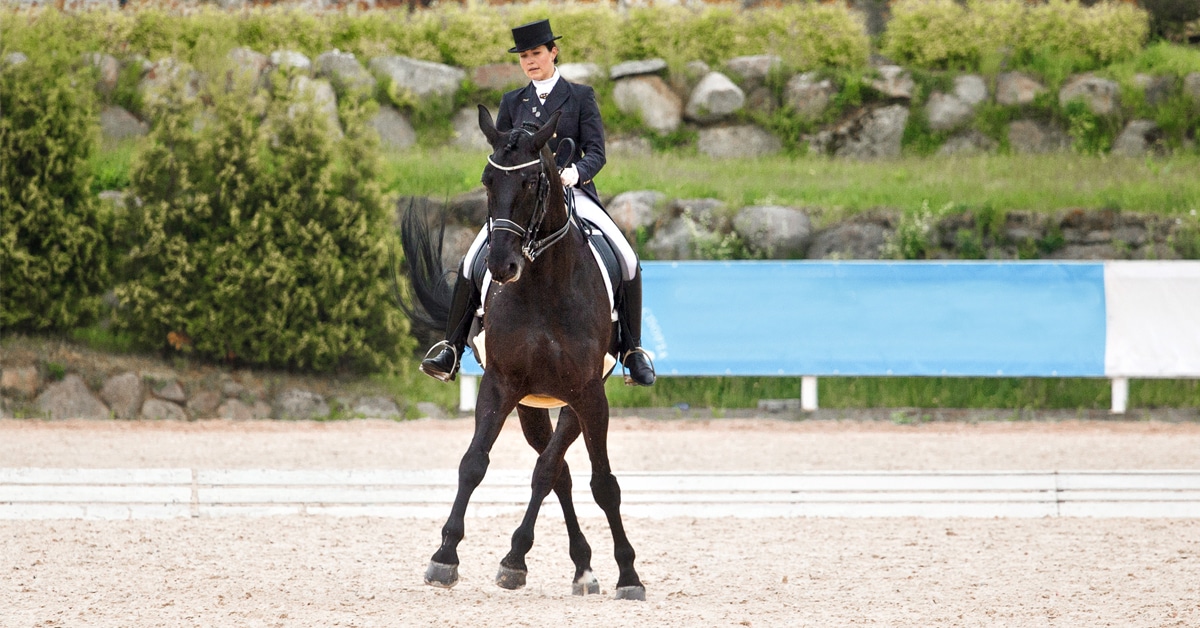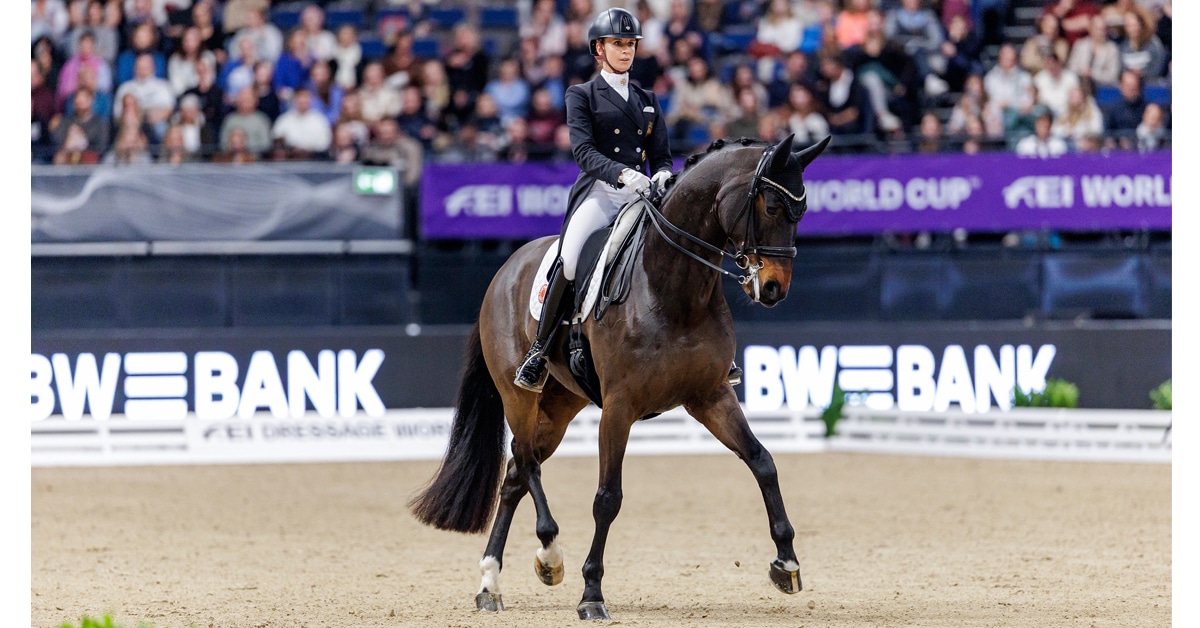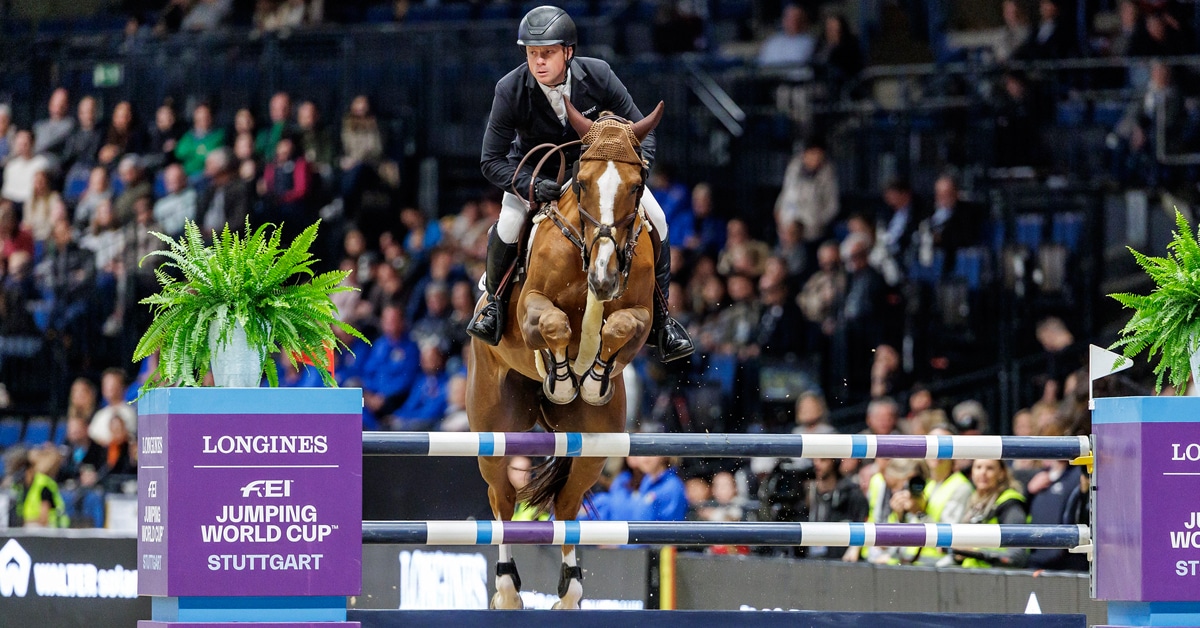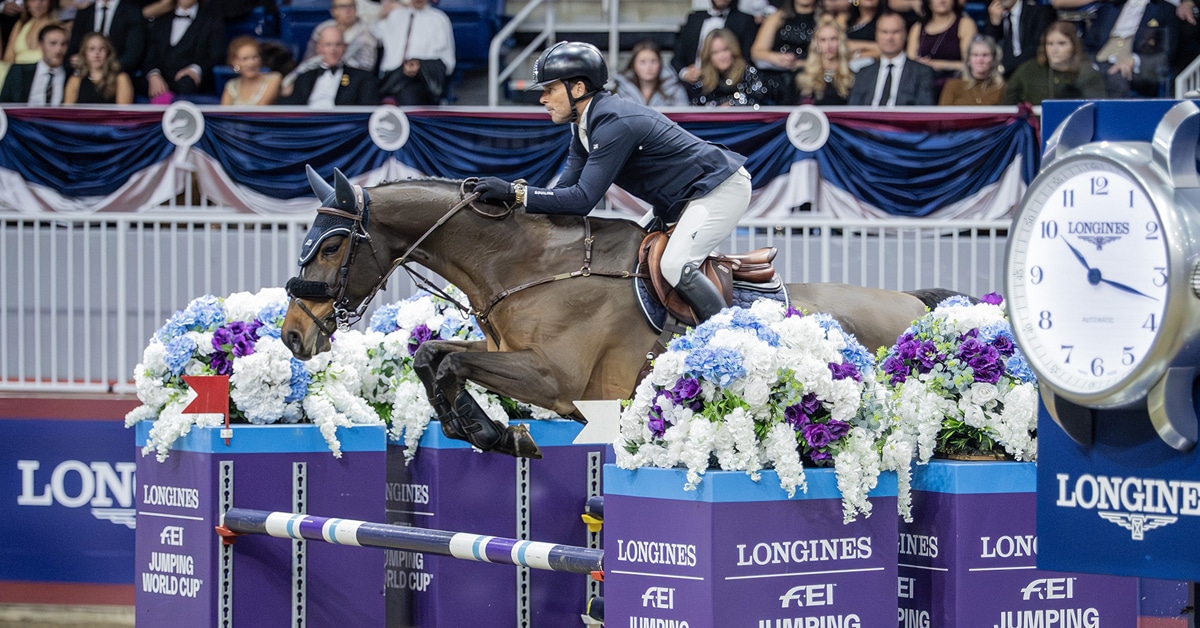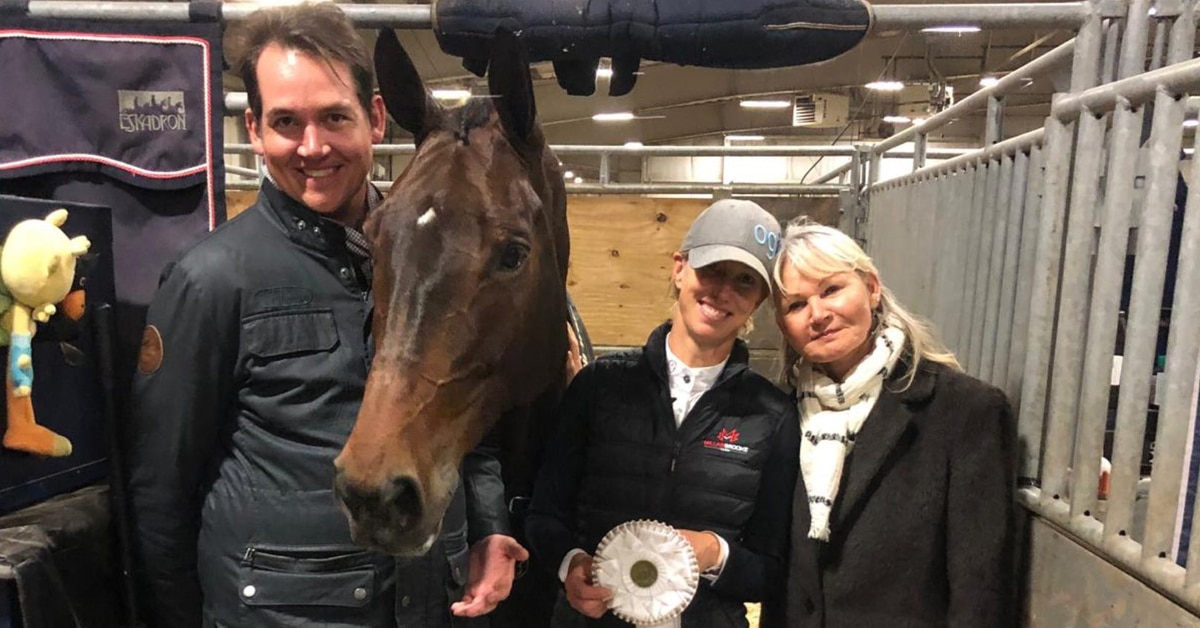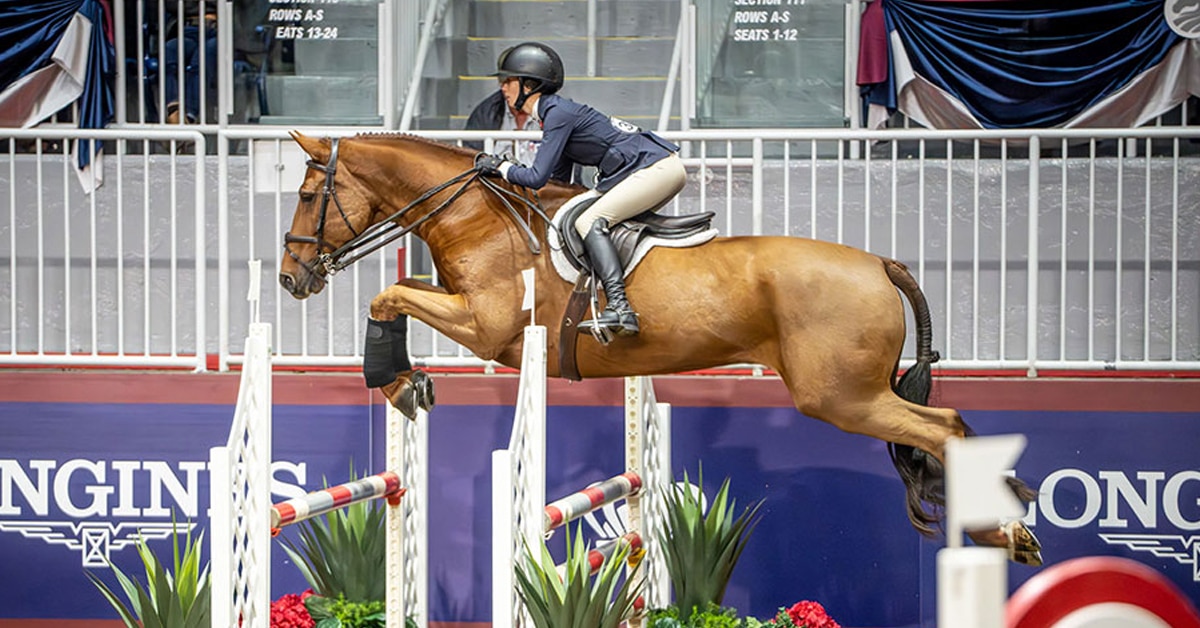The German equestrian federation (FN) has finally dropped investigations into alleged unethical training techniques against former Olympic show jumping champion Ludger Beerbaum, first hinted at by a German broadcast company in 2021.
State prosecutors in Munster had already dropped a criminal case last fall on a legal point. Beerbaum – recovering from surgery after breaking his thighbone during the recent show in Doha, Qatar – vehemently denied any wrongdoing from the outset. He said of this week’s FN decision, “I regard this as a clear acquittal. The whole procedure has taken far too long and this decision was foreseeable.”
In 2021, RTL TV told the FN it possessed images of barring (aka rapping or poling) at the barn of a famous equestrian. Barring was banned under national rules, but the purportedly more sensitive technique of “touching” (touchieren) was allowed at that time.
However, RTL refused to name the rider, or to show the FN any of the imagery apart from a few pixilated seconds. The FN therefore took the unusual step of reporting an “unknown rider” to the police, hoping RTL would be forced to release the footage, and meanwhile launched a review. Thirty years earlier it did the same when a German tabloid made similar allegations against Paul Schockemöhle.
On January 11, 2022 RTL broadcast the videos. They showed a rider – alleged to be Beerbaum – and an assistant standing by a jump, seemingly directing a long stick at the forelegs. But the images are grainy, having been shot covertly some distance from the manege, possibly in 2020.
Animal rights campaigners took the case to the Munster public prosecutor, under a clause in the Animal Protection Act that requires proof that “significant pain or suffering” had been inflicted. However, last September the prosecutor said there was insufficient evidence in the video examined, or from the reaction of the horse, to achieve this burden of proof. He also sent a veterinarian to Beerbaum’s barn in January 2022 who found no violations of animal welfare law, or anything untoward in any of the numerous and comprehensive veterinary reports accompanying Beerbaum’s horse sales and exports over the years.
The public prosecutor stressed his decision had nothing to do with any FN rules that might have been broken, so the FN continued to deliberate.
FN secretary-general Soenke Lauterbach’s initial reaction in 2021 was that the images did not correspond to its definition of “touching.” He gave frank press interviews on the “touching” versus “barring.”
In May 2022, the FN’s sport’s committee unanimously approved the immediate prohibition of “any training method in which the horse’s legs are touched in any way,” to include using any pole or device by a trainer on the ground, the mechanical or manual movement of any part of a jump, or presenting a horse in such a way at fence that hitting it was unavoidable. This finally aligned it with FEI rules.
The FN’s lawyer Constanze Winter said that this was a “legally very difficult case” for the FN’s disciplinary commission. “It was all about whether the video sequence resulted in a violation of the performance testing regulations and not whether the now-prohibited method of ‘touching’ was used as in the guidelines. The disciplinary commission did not find it easy to answer this question.” Only one video was considered because people in the others were not recognizable.
Barring was generally understood to mean the deliberate striking of the legs with a heavier pole. The now defunct FN definition of touching specifies a smooth, rounded pole of maximum 3m in length used to touch targeted parts of the legs sensitively, though only by a “very experienced professional”, the definition of whom was not given. Touching was justified in the old rules where certain horses “had become sloppy, to increase its attention and coordination again.”
When the RTL video was first shown, Thomas Schroder, president of the German Animal Welfare Association, thought this was the “tip of the iceberg” and added: “A fundamental debate must finally be held about the methods in equestrian sport and whether they still fit the Olympic spirit.”
More News
